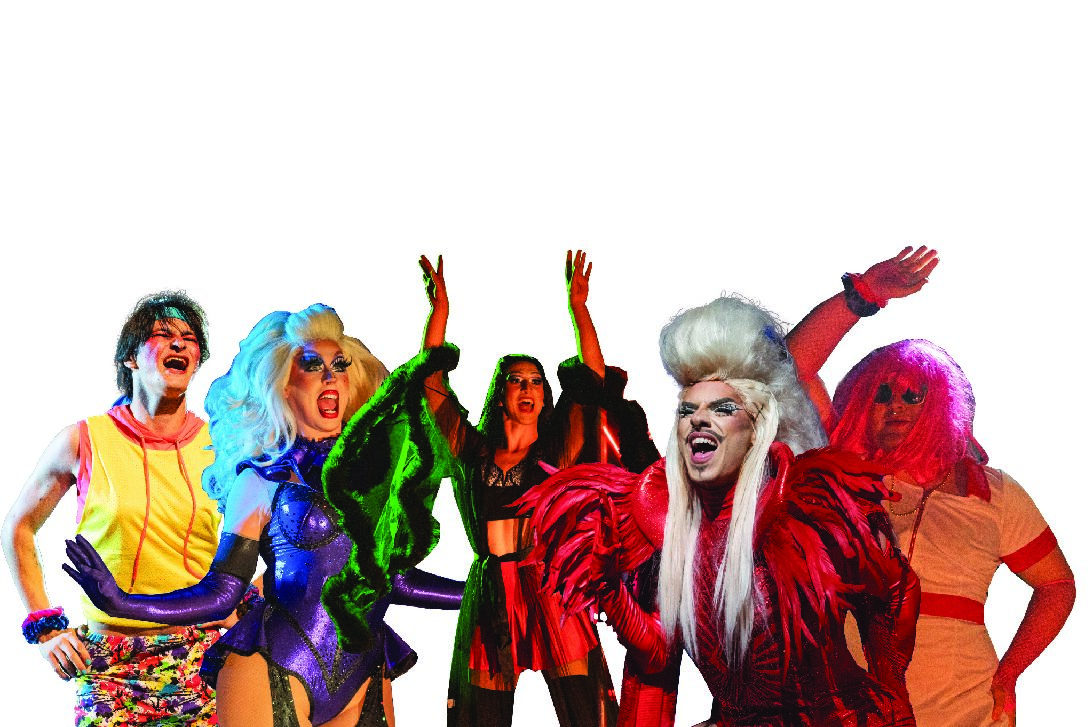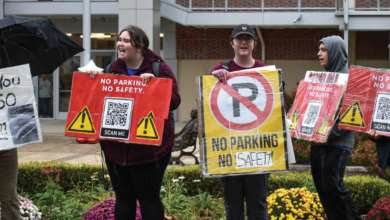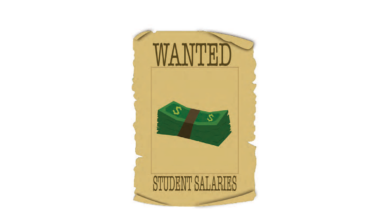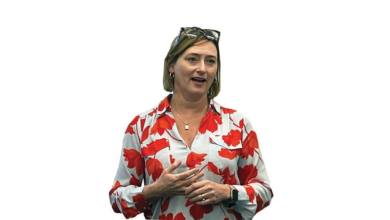
‘Rider Drag’ fosters a welcoming community
By Jay Roberson
Rider celebrates the art of drag through events like “Rider Drag” and “Drag Bingo,” but the community has not always been accepted on campus.
Before it became mainstream through shows like “RuPaul’s Drag Race,” which premiered in 2009, drag was misunderstood at the university, according to Assistant Vice President for Student Affairs and Rider alum Nick Barbati ’07.
“[Rider’s drag race] was very different from what we know the drag performances to be today. It didn’t have many student participants and it was not nearly as widely attended,” said Barbati. “Then as the students who were involved graduated out, the event kind of morphed into more general talent shows.”
Evolution of drag
It wasn’t until 2017 that the Student Entertainment Council proposed that Rider host a drag show.
“The first year we brought back drag race we did it in the Rider pub. It was so packed we realized we needed to take it to a theater,” said Barbati. “The next year we packed the [Bart Luedeke Center] theater.”
Senior musical theater major Lincoln Funderburk, known by the drag name Lexi Legato, performed in Rider’s drag race, “Drag Bingo” and “Rider’s Got Talent.”
“I do think drag is appreciated at Rider, because every time I’ve seen it on stage, whether I’m in the audience or on stage doing it myself, there’s always such a huge amount of energy and enthusiasm and excitement, and it charges a room,” said Funderburk.
Other students have found that drag has helped them express aspects of their femininity and masculinity, like freshman film and television major Cole Capriotti, who uses he/they pronouns.
Capriotti explained that drag gives them a sense of euphoria and allows them to feel more comfortable in their identity.
Sophomore game and interactive media design major Cassie Rudolph, who uses she/they pronouns and goes by the drag name Astral Projection, decided to participate in Rider’s drag show in 2022 because they wanted to get themselves out there.
“I wanted to experience everything I can as a freshman, and it seemed like a really fun way to do that,” said Rudolph. “It helped me get more comfortable with my femininity, and it’s a fun way to … perform gender, which we do everyday.”
Barbati explained that when he was a participant as an undergraduate, students had to be secretive about their participation in the drag show.
“I remember being really nervous about walking on campus from my residence hall, covered in jackets because I didn’t want to be seen … yet it was a community of people that were really willing to take that risk to be involved and participate. So it had a level of warmth to it, because we were all in it together,” said Barbati.
Appreciation for the art
In contrast to the past, student drag performers have received an overwhelming amount of positive feedback after their performances at university events in recent years.
Capriotti said, “I got a lot of positive reactions and a lot of positive comments. I still have people coming up to me and saying that they found one of my scrunchies during the show.”
Junior English major Joe Giambelluca, known as Naughty Nurse Barbie, has participated in Rider’s drag show two times, gaining more confidence each time he performs.
“I love the way it makes you feel, it gives you confidence. It does that for me and I love how you’re fighting the gender norms of society,” said Giambelluca.
Funderburk expressed that drag isn’t always meant to be a perfect or beautiful art form, saying: “There’s literally no rules.”
“There’s people who call themselves drag things and paint clown makeup on their faces. They’re walking around with spikes and leather jackets and blood running down them and spiked up hair and Mohawks. There’s so many different things to do besides these super womanly figures and this one type of thing,” said Funderburk.
Rudolph believes that drag is accessible and “anyone can do drag. It’s for everyone.”
At universities like West Texas A&M University, drag performances are banned because they’re seen as discriminatory toward women.
Though drag hasn’t always been accepted on Rider’s campus, the art form has always been allowed and fostered a welcoming and warm environment for students of all sexualities and genders.
Funderburk said, “There’s a lot of unfortunate persecution and microscopes on drag queens, drag artists and trans[gender] and queer people right now. The more that you can have it in front of people’s faces, the more people that meet drag artists and go, ‘Oh, that’s a person I can talk to,’ the better it’s going to be. And it’s also so fun, so sparkly, so exciting and so energetic.”


